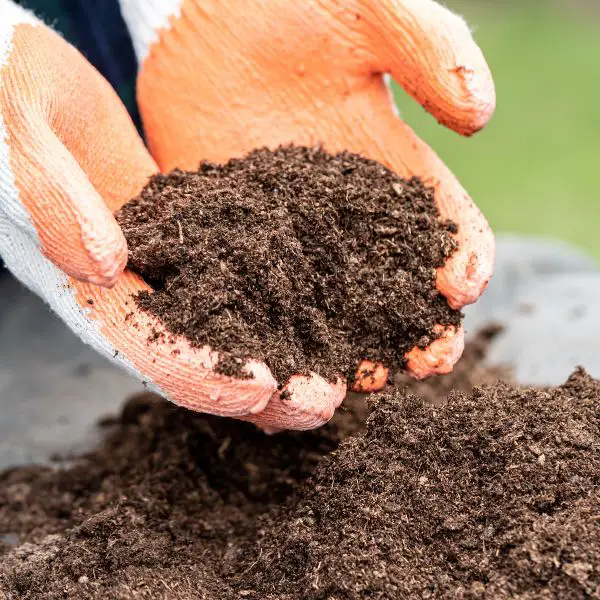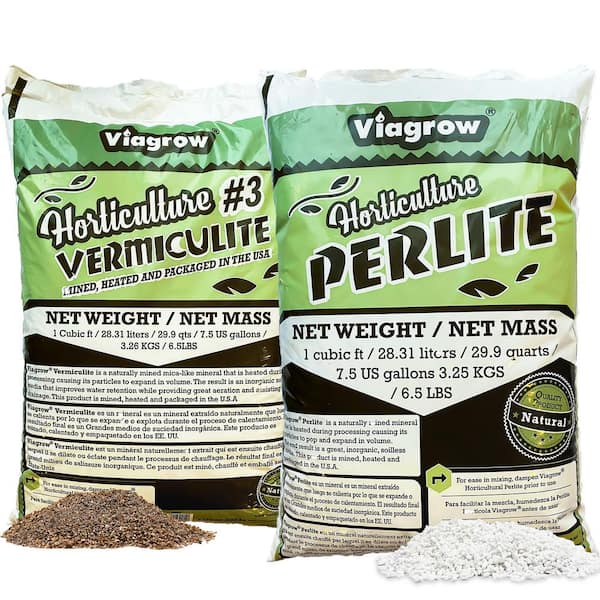The Ultimate Guide To Soil Amendments
The Ultimate Guide to Soil Amendments
Soil amendments are materials added to soil to improve its physical, chemical, and biological properties. They can help to improve drainage, aeration, water retention, nutrient availability, and overall soil health.
There are many different types of soil amendments available, both organic and inorganic. Some of the most common organic amendments include compost, manure, peat moss, and worm castings. Inorganic amendments include sand, gravel, lime, and sulfur.
The type of soil amendment you choose will depend on the specific needs of your soil. For example, if your soil is compacted and poorly drained, you might add sand or gravel to improve drainage. If your soil is sandy and lacks organic matter, you might add compost or manure to improve water retention and nutrient availability.
Soil amendments can be applied to soil in a variety of ways. You can broadcast them over the surface of the soil, incorporate them into the soil with a shovel or tiller, or apply them as a side dressing.
The amount of soil amendment you need to apply will depend on the condition of your soil and the type of amendment you are using. It is always a good idea to start with a small amount and then add more as needed.
Soil amendments can be a valuable tool for improving the health and productivity of your soil. By choosing the right amendment for your soil and applying it correctly, you can help to ensure that your plants have the best possible growing environment.
Main Content
Inorganic Soil Amendments
Inorganic soil amendments are typically mined minerals that have been pulverized or pelleted. They are often used to improve the physical properties of soil, such as drainage and aeration. Some common inorganic soil amendments include:
- Sand: Sand is a good choice for improving drainage in poorly drained soils. It is also a good source of silica, which is an important nutrient for plants.
- Gravel: Gravel is similar to sand, but it is larger in size. It is also a good choice for improving drainage, and it can help to prevent erosion.
- Lime: Lime is a type of calcium carbonate that is used to raise the pH of soil. It is often used in acidic soils, which can be harmful to many plants.
- Sulfur: Sulfur is a type of mineral that is used to lower the pH of soil. It is often used in alkaline soils, which can be harmful to many plants.
Organic Soil Amendments
Organic soil amendments are made from plant or animal materials. They are often used to improve the nutrient content of soil, as well as its physical and biological properties. Some common organic soil amendments include:
- Compost: Compost is a mixture of organic materials that have been decomposed by microorganisms. It is a good source of nutrients for plants, and it can also help to improve the drainage and aeration of soil.
- Manure: Manure is a waste product from animals. It is a good source of nutrients for plants, and it can also help to improve the structure of soil.
- Peat moss: Peat moss is a type of moss that is harvested from bogs. It is a good source of organic matter, and it can help to improve the water retention and drainage of soil.
- Worm castings: Worm castings are the excrement of earthworms. They are a good source of nutrients for plants, and they can also help to improve the structure and fertility of soil.
How to Apply Soil Amendments
Soil amendments can be applied to soil in a variety of ways. The best method for you will depend on the type of amendment you are using and the condition of your soil.
- Broadcasting: Broadcasting is the simplest way to apply soil amendments. Simply spread the amendment evenly over the surface of the soil.
- Incorporation: Incorporation is a more thorough way to apply soil amendments. It involves mixing the amendment into the soil with a shovel or tiller.
- Side dressing: Side dressing is a method of applying soil amendments to the sides of plants. This is often done to provide plants with additional nutrients during the growing season.
How Much Soil Amendment to Use
The amount of soil amendment you need to apply will depend on the condition of your soil and the type of amendment you are using. It is always a good idea to start with a small amount and then add more as needed.
Conclusion
Soil amendments can be a valuable tool for improving the health and productivity of your soil. By choosing the right amendment for your soil and applying it correctly, you can help to ensure that your plants have the best possible growing environment.
Are you looking for a way to improve the health of your soil? If so, you should check out Garden Wiki. This website provides a wealth of information about soil amendments, including what they are, how they work, and which ones are right for your specific needs.
Soil amendments are materials that are added to soil to improve its physical, chemical, and biological properties. They can help to improve drainage, aeration, nutrient availability, and water retention. Soil amendments can also help to suppress weeds, pests, and diseases.
If you're not sure which soil amendment is right for you, the experts at Garden Wiki can help. They have a team of experienced horticulturists who can answer your questions and recommend the best amendment for your soil.
So what are you waiting for? Visit Garden Wiki today and learn more about how to improve the health of your soil.
Image of soil amender
- Peat moss: A dark, spongy material that helps to improve drainage and aeration in the soil.

- Compost: A mixture of organic matter that helps to improve the fertility and structure of the soil.

- Vermicompost: A type of compost that is made from worm castings. It is a very rich and nutrient-dense soil amender.

- Perlite: A lightweight, porous material that helps to improve drainage and aeration in the soil.

- Pine bark: A type of bark that is ground into a fine powder. It helps to improve drainage and aeration in the soil, and it also adds organic matter.

Post a Comment for "The Ultimate Guide To Soil Amendments"